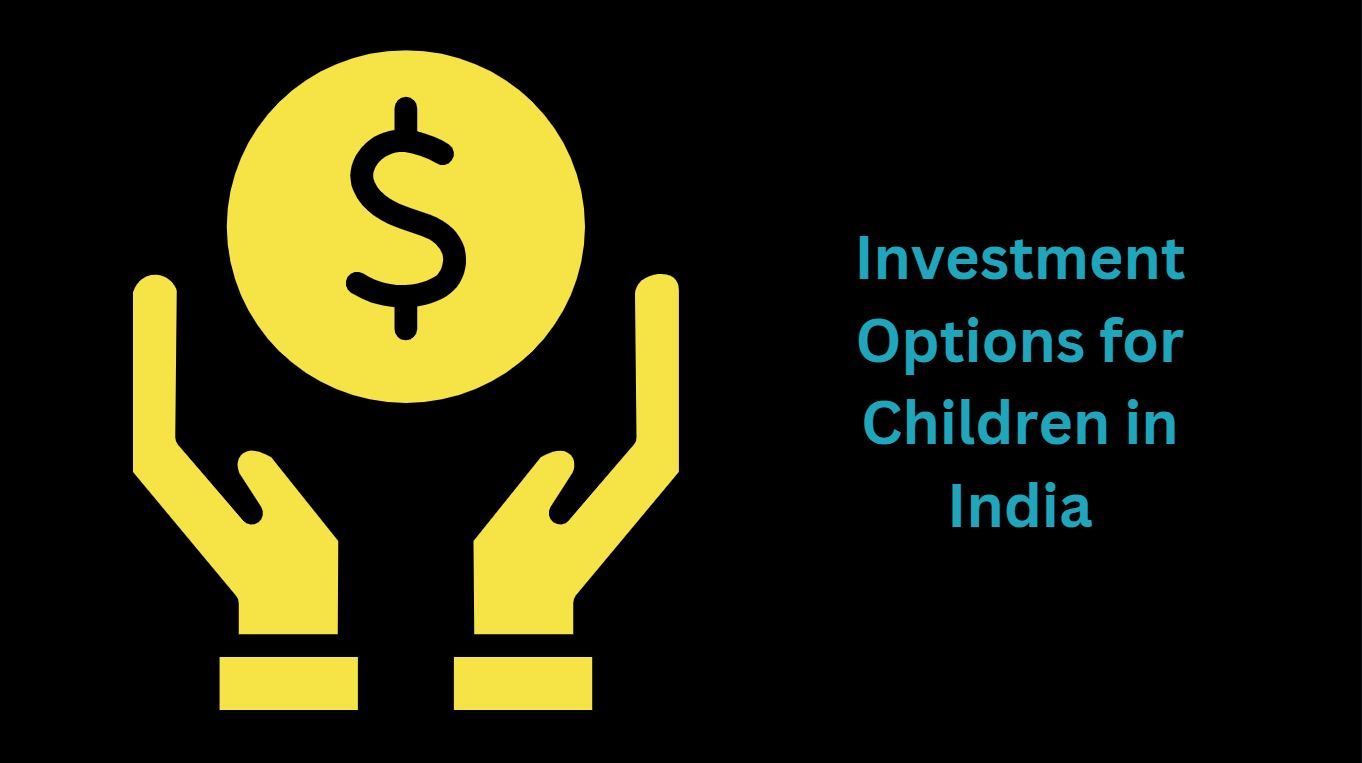- Likes
- Followers
- Followers
- Followers
- Subscribers
- Followers
- Members
- Followers
- Members
- Subscribers
- Subscribers
- Posts
- Comments
- Members
- Subscribe
Investment Options for Children in India

For many parents, investment options to save money for their children future is an essential financial objective. Starting early and selecting appropriate investing options can have a substantial impact, be it for their schooling, marriage, or financial stability. There are several investing options available in India that are intended to assist parents in accumulating cash for the future of their children. These are a few well-liked investing choices.
1. Sukanya Samriddhi Yojana (SSY)
The government-sponsored Sukanya Samriddhi Yojana is a savings program meant to motivate parents to save aside money for their daughter’s future education and marriage. Benefits under Section 80C of the Income Tax Act, including favorable interest rates, are provided. For their daughter under the age of ten, parents can start an SSY account, and they can continue to make contributions until the daughter turns twenty-one.
2. Public Provident Fund (PPF)
Offering steady income and tax advantages, PPF is a long-term savings program provided by the Indian government. A PPF account can be opened in a child’s name, and parents can make regular contributions to it. The account may be extended in increments of five years following the initial 15-year investment tenure. As a popular option for long-term wealth creation, PPF offers tax-free returns.
3. Unit-Linked Insurance Plans (ULIPs)
Investment-cum-insurance products, or ULIPs, provide both investment growth and life insurance. Depending on their risk tolerance, parents can select from a variety of investment funds while investing in ULIPs for their child’s future objectives. ULIPs provide parents with long-term corpus building flexibility with regard to premium payments and fund transfers.
4. Systematic Investment Plans (SIPs) in Mutual Funds
Posts You May Like
Investors can routinely make small investments in mutual fund schemes using SIPs. Parents’ investment horizon and risk tolerance will determine whether to start their SIPs in debt, equity, or balanced mutual funds. SIPs provide the advantage of rupee-cost averaging and, with disciplined investing, can contribute to long-term wealth growth.
5. Child Education Plans
Plans for children’s education that are expressly created to cover their future educational costs are provided by numerous insurance providers. These plans guarantee that money will be available when needed for costs associated with higher education by combining insurance coverage with investment growth.
6. Fixed Deposits (FDs) and Recurring Deposits (RDs)
Traditional investing alternatives that provide guaranteed returns and capital protection include fixed deposits and recurring deposits. In addition to investing in fixed-income instruments provided by banks and post office investment schemes, parents can open FDs or RDs in their child’s name. RDs enable investors to save a specific amount on a regular basis over a predetermined length of time, while FDs give fixed returns for a predetermined tenure.
7. Equity Investments
Long-term high returns are possible when investing in stocks or equity mutual funds, but the risk is larger. To take advantage of compound interest and create wealth for their child’s future aspirations, parents should think about allocating a portion of their portfolio to stocks.
It’s important to take into account various considerations, including investment horizon, risk tolerance, tax consequences, and liquidity needs, when selecting investing options for children. In order to assist parents reach their financial objectives and ensure a bright future for their children, they should diversify their investments over a number of asset classes and do frequent portfolio reviews. Speaking with a financial advisor can help you receive tailored advice based on your unique situation and investing goals.
Image credit- Canva


Comments are closed.